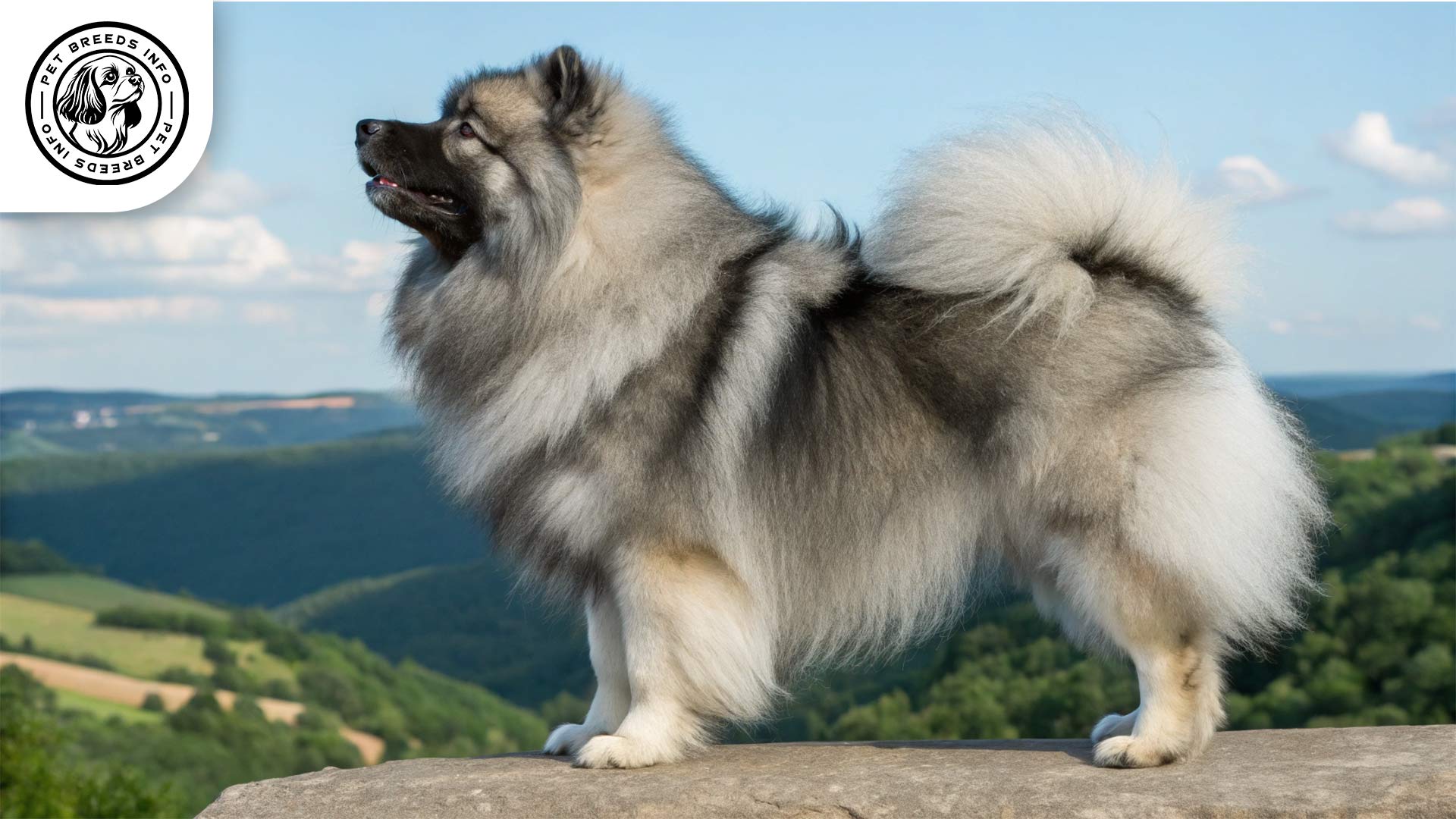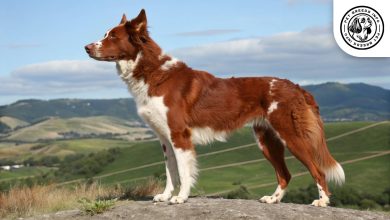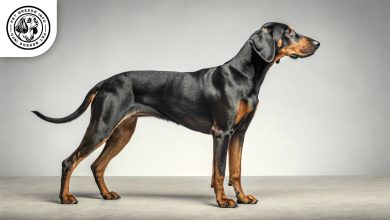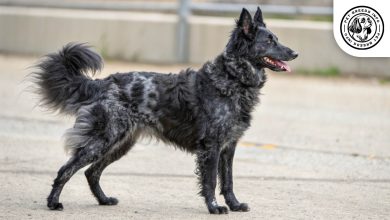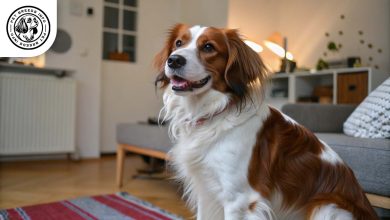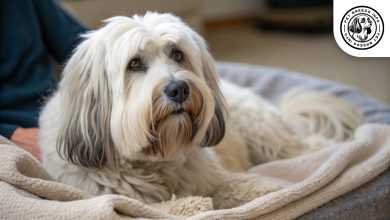Keeshond Dog Breed: Size, Health, Price & Personality
General Introduction of the Breed
The Keeshond (pronounced “Kayz-hawnd”) is a medium-sized Spitz-type dog that originates from the Netherlands. It is also known as the “Dutch Barge Dog” due to its historical association with Dutch canal boats. The breed was originally developed as a companion and watchdog, prized for its friendly nature and alertness. During the 18th century, the Keeshond became a symbol of the Dutch Patriot Party, further cementing its place in Dutch history.
Table of Contents
| Weight | Males: 35-45 pounds Females: Slightly smaller |
| Lifespan | 12-15 years |
| Diet | High-quality kibble, wet, or raw; protein-rich; portion control |
| Care | Regular exercise; frequent brushing (2-3x/week); grooming; cooler climates |
| Health | Generally healthy; potential for hip dysplasia, PRA, heart issues, obesity |
| Color | Silver and black mix with “spectacles” |
| Nature | Intelligent, trainable, friendly, affectionate, good with family & pets, alert watchdog, sensitive |
| Price | Puppy: $1,000-$2,500; Adoption: Lower fee |
Physical Characteristics
The Keeshond is a medium-sized breed with a sturdy build. Males typically stand between 17-18 inches tall and weigh between 35-45 pounds, while females are slightly smaller. Their signature thick double coat consists of a dense undercoat and a long, straight outer coat, giving them a fluffy appearance.
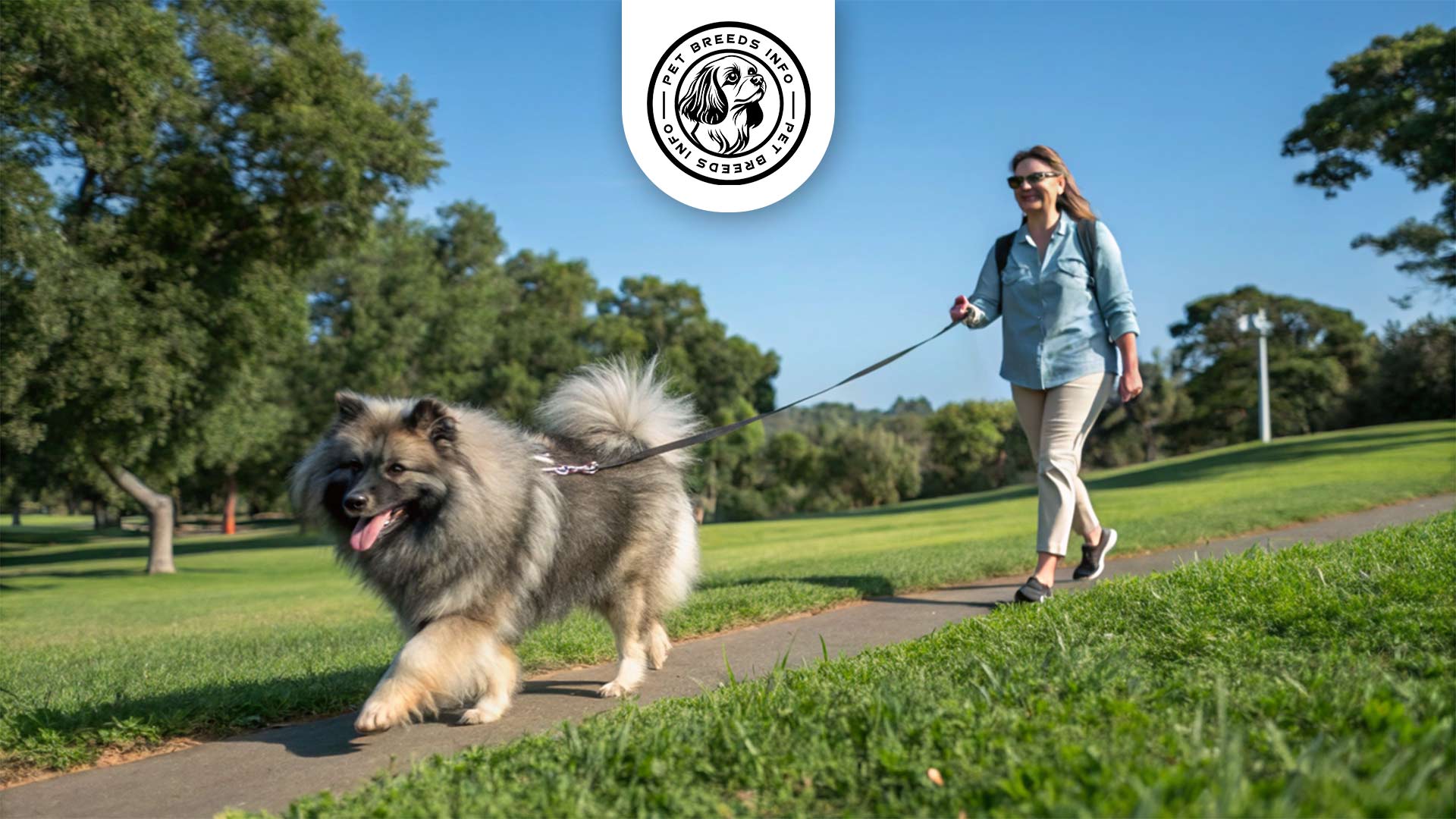
Keeshonden are usually a mix of silver and black, with characteristic “spectacles” around their expressive, dark brown eyes. Their ears are small, triangular, and set high on the head. They have a plumed tail that curls tightly over the back.
Read More: Japanese Terrier Dog
Personality and Temperament
The Keeshond is an intelligent and highly trainable breed with a friendly and affectionate disposition. They are known for their strong attachment to their owners and thrive on human companionship. Despite their playful and energetic nature, they are not overly hyperactive, making them well-suited for families. They generally get along well with children and other pets. Due to their keen senses, Keeshonden make excellent watchdogs, though they are not aggressive. They are sensitive to their surroundings and do not respond well to harsh training methods.
Care and Maintenance Requirements
Keeshonden require regular exercise, including daily walks and play sessions, to keep them mentally and physically stimulated. They adapt well to both apartments and larger homes, as long as they receive sufficient exercise. Their thick coat requires frequent brushing, ideally two to three times a week, to prevent matting and reduce shedding. Due to their dense coat, they are more suited to cooler climates and can struggle in hot or humid environments. Regular grooming tasks, such as bathing every few months, nail trimming, ear cleaning, and dental care, help maintain their health.
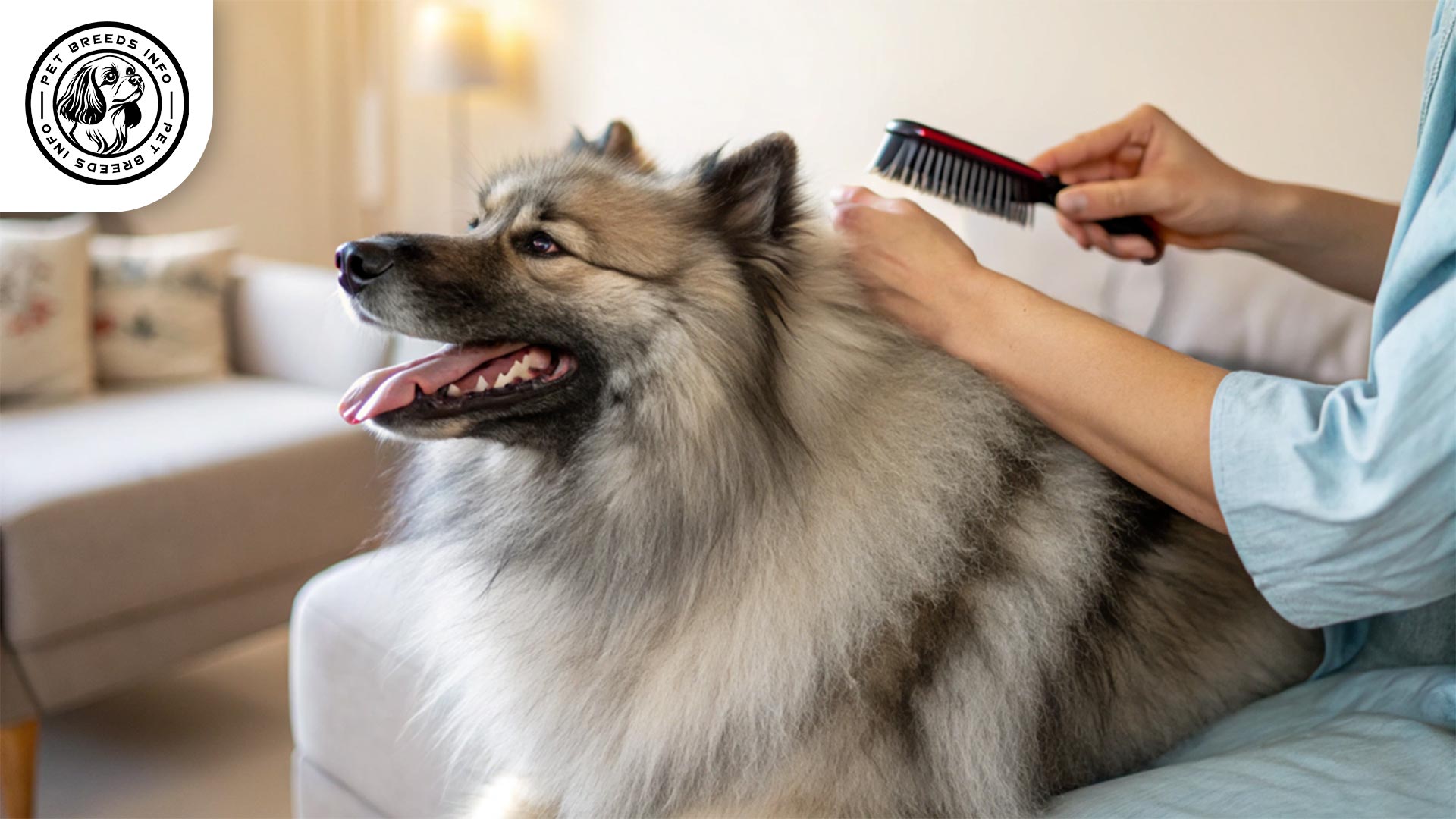
Diet and Nutrition
A well-balanced diet consisting of high-quality dry kibble, wet food, or a raw diet is suitable for a Keeshond. They do well on protein-rich meals with moderate fat content to support their active lifestyle.
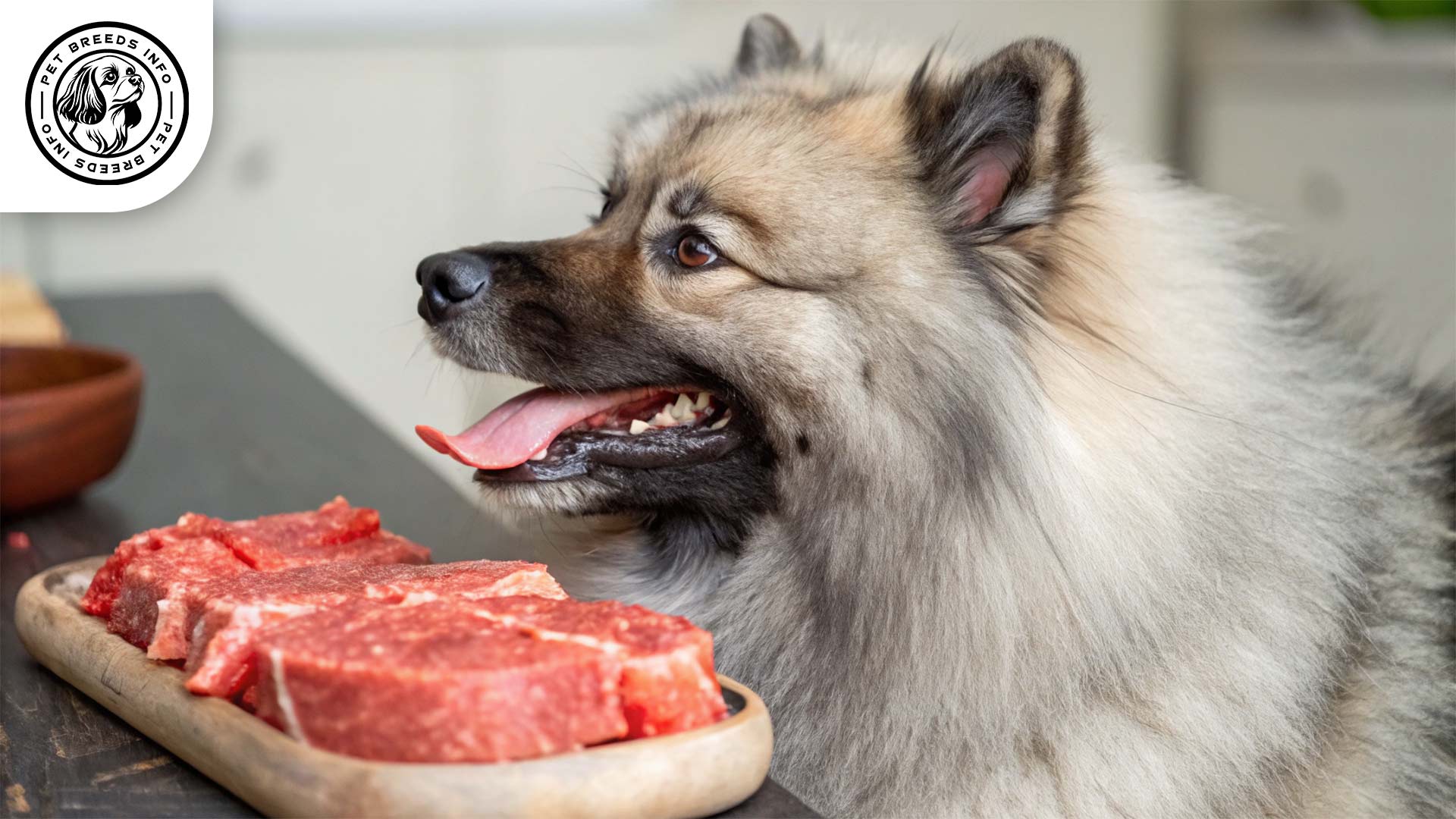
Owners should avoid feeding them chocolate, onions, garlic, grapes, and foods high in artificial preservatives. Portion control is essential to prevent obesity, with adults generally requiring two meals per day based on their weight and activity level.
Read More: Indian Pariah Dog
Health and Common Medical Issues
The Keeshond is generally a healthy breed but may be prone to certain genetic conditions, including hip dysplasia, progressive retinal atrophy (PRA), and heart disease. They can also be susceptible to obesity if not properly exercised. The average lifespan of a Keeshond ranges from 12-15 years. Routine veterinary check-ups, vaccinations, and preventive care are essential for maintaining their health.
Training and Behavior Management
Keeshonden are highly trainable due to their intelligence and eagerness to please. They respond best to positive reinforcement techniques such as praise, treats, and consistency. Early socialization is crucial to help them develop well-rounded behavior. Basic obedience training should start from puppyhood to instill good manners. They are naturally alert and can sometimes be vocal, so training to manage excessive barking may be necessary.
Interaction with Other Animals and Humans
Keeshonden are excellent family pets due to their affectionate and friendly nature. They tend to get along well with children and are usually good with other pets, including dogs and cats. They thrive in environments where they receive plenty of attention and do not like being left alone for extended periods. While they are social and outgoing, they remain devoted to their owners and form strong bonds.
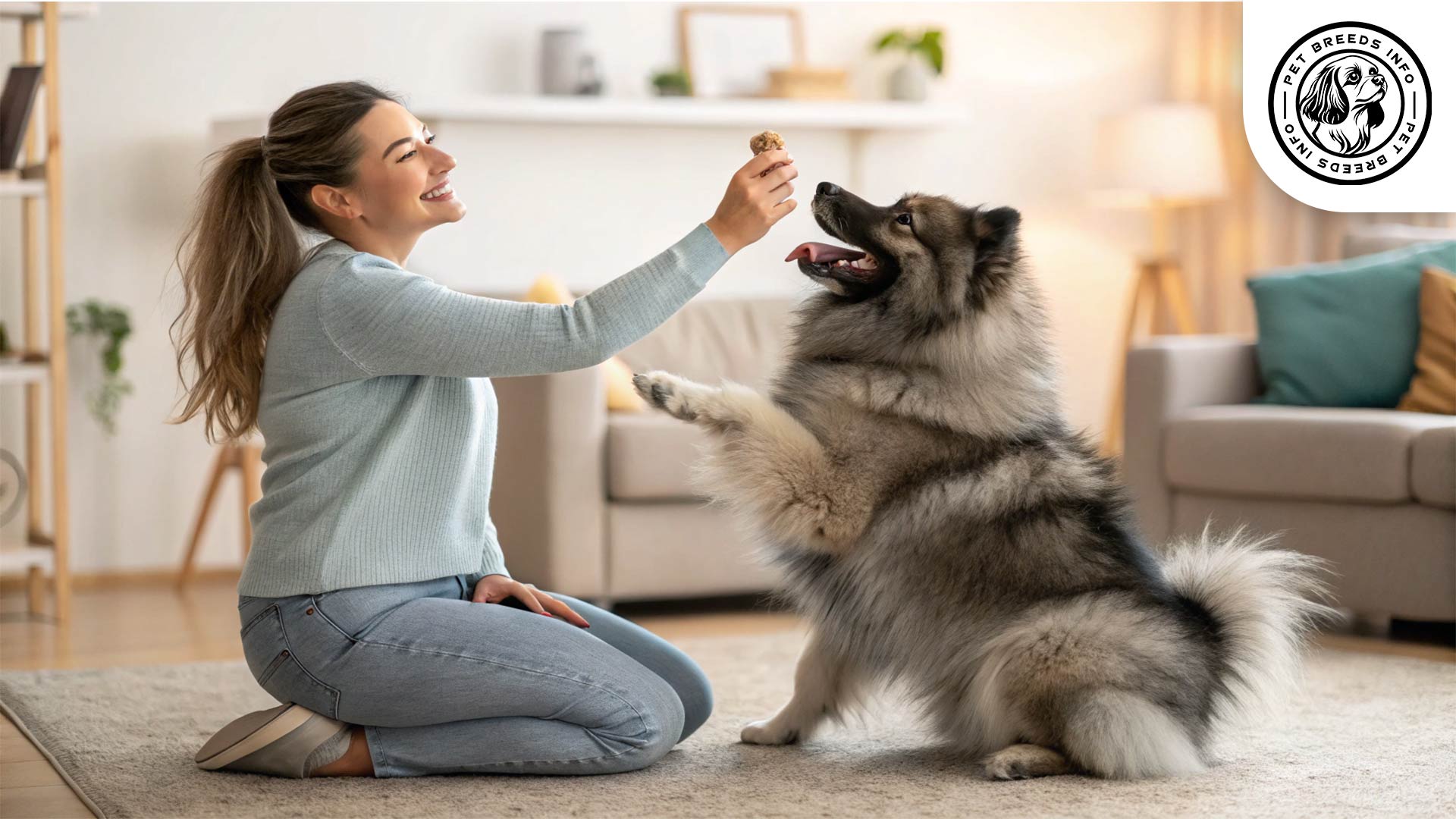
Price and Availability
The price of a Keeshond puppy from a reputable breeder typically ranges from $1,000 to $2,500, depending on pedigree and breeder reputation. It is recommended to research ethical breeders who conduct health testing to ensure the pup’s well-being. Adoption is another great option, and Keeshonden can sometimes be found at rescue centers for a lower fee. Prospective owners should ensure they acquire their pet from responsible sources.
Conclusion and Final Thoughts
The Keeshond is an affectionate, intelligent, and adaptable breed that makes an excellent companion for families or individuals. They thrive in loving environments where they receive attention and mental stimulation. Though they require regular grooming, their loyalty and friendly nature make them easy to love. Potential owners should consider their exercise and companionship needs before bringing one into their home. With proper care, a Keeshond can be a cherished family member for many years.
Read More: Hokkaido Dog
FAQ
What is the Keeshond’s temperament like?
Friendly, affectionate, intelligent, and highly trainable. Great family pets.
How much grooming does a Keeshond need?
Regular brushing (2-3 times/week) is essential, plus basic grooming.
Are Keeshonden good with children and other pets?
Yes, generally good with children and other pets.
How much exercise does a Keeshond require?
They need daily walks and play sessions.
